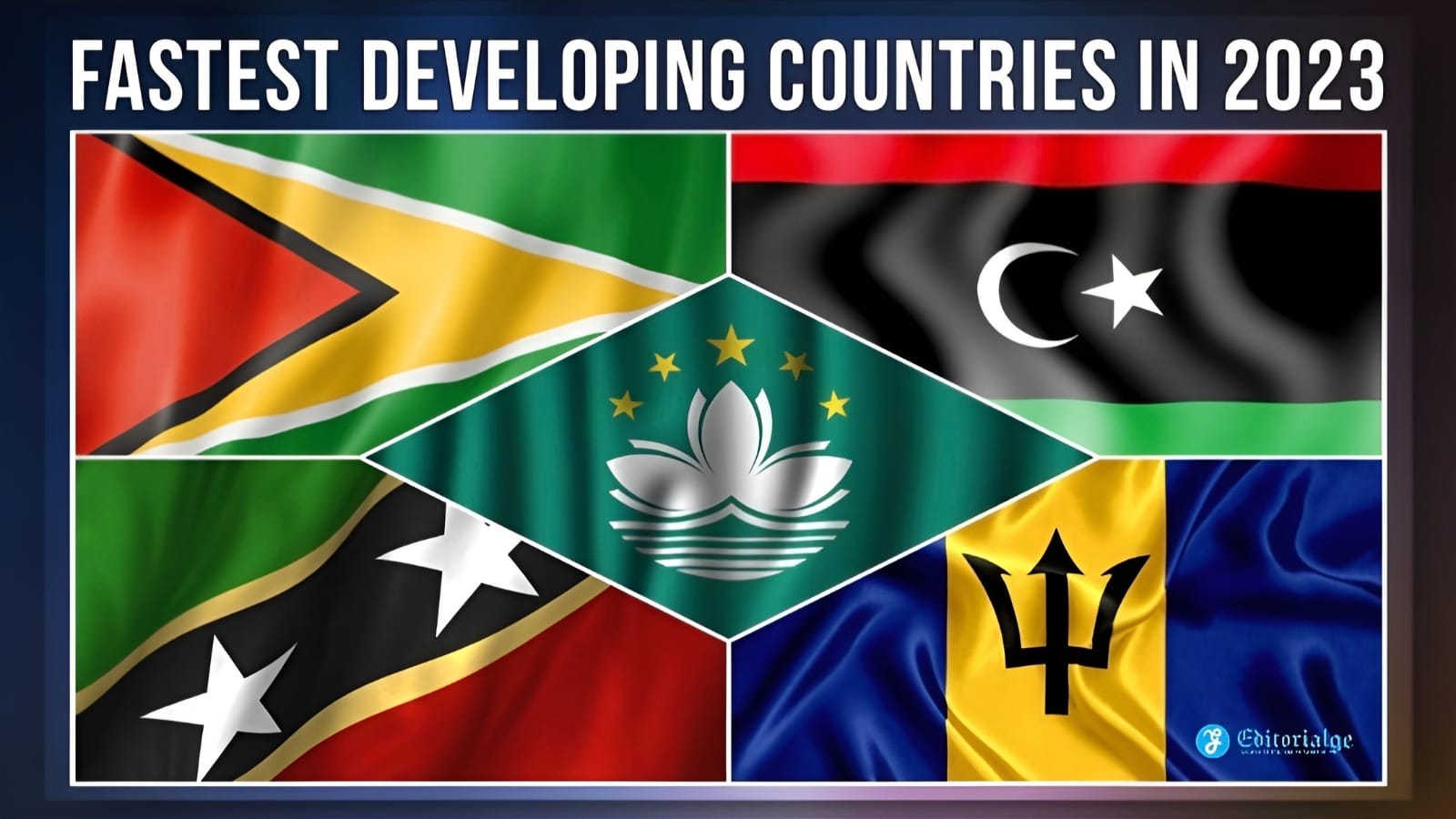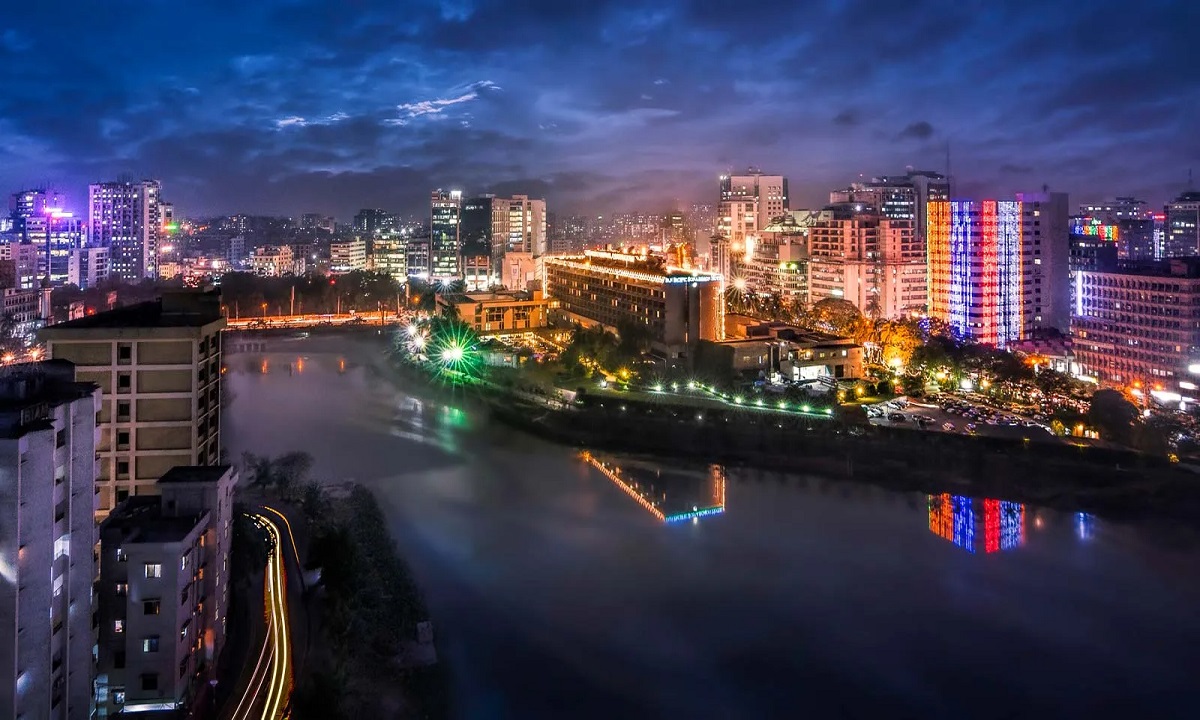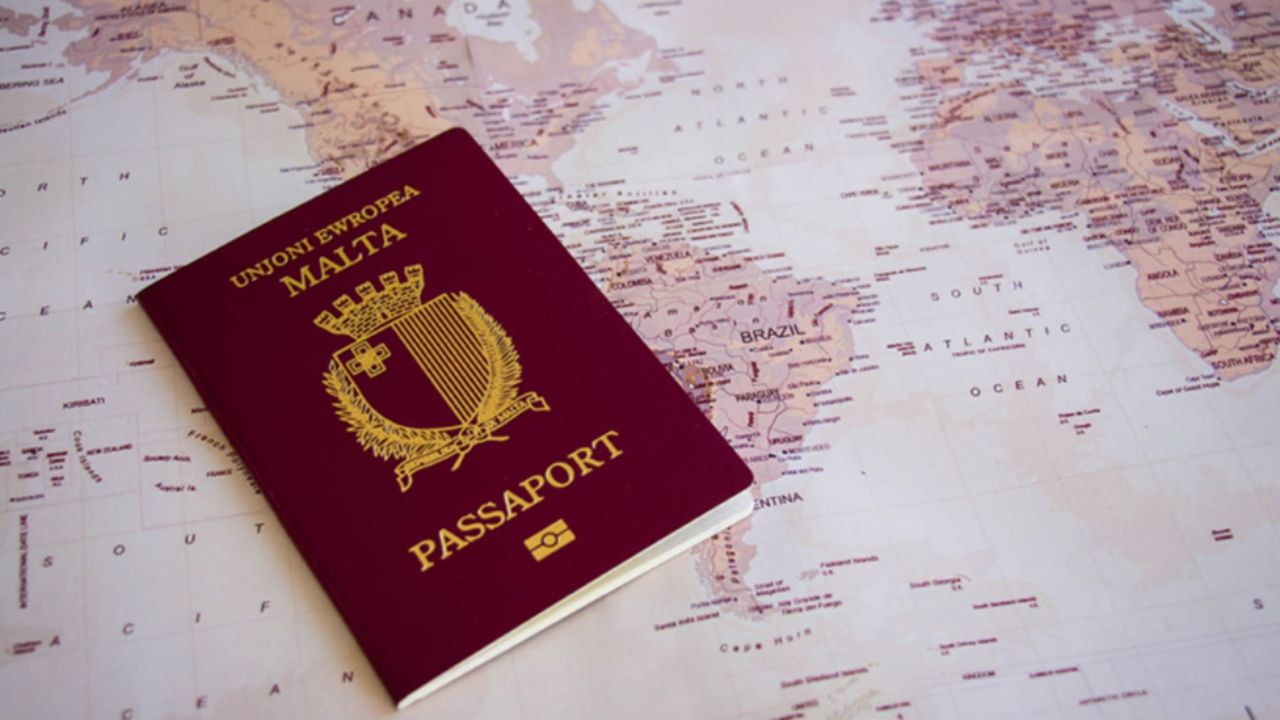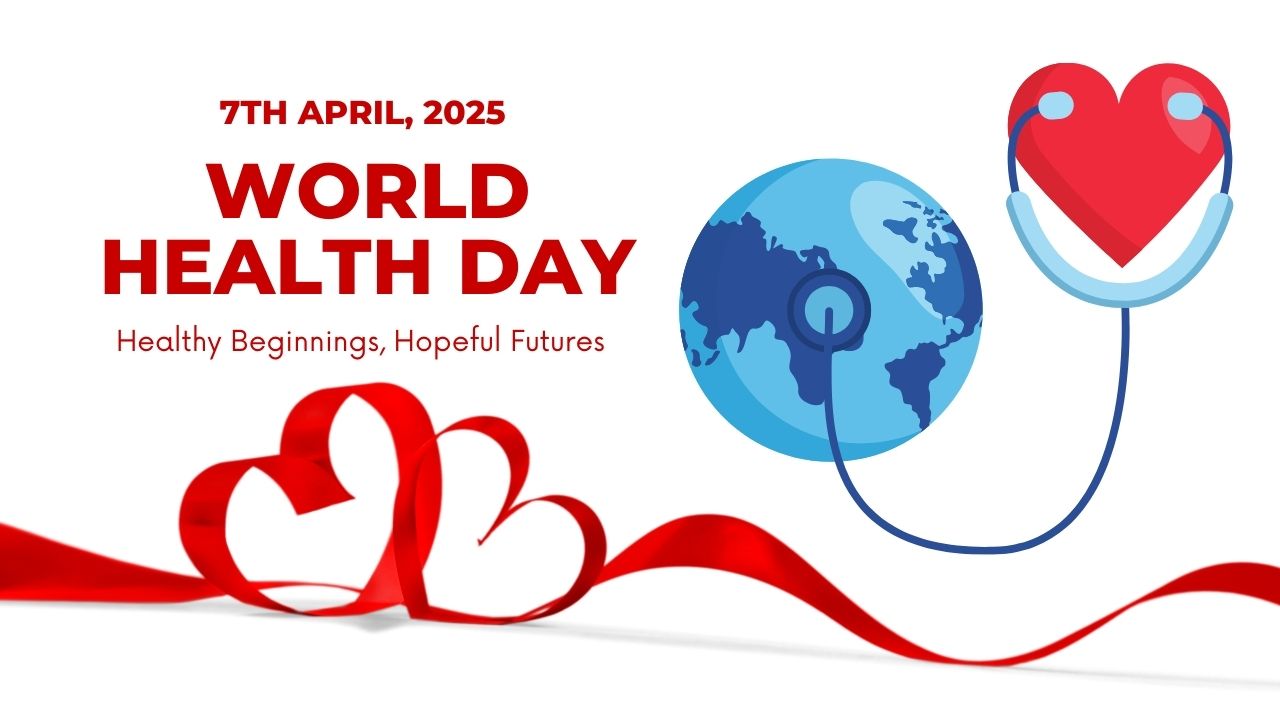Listen to the Podcast:
This piece looks at the 50 fastest developing countries in the world. In 2023, the world economy had to deal with a number of big problems, such as the COVID pandemic, the war in Ukraine, which caused food and oil shortages, high inflation, rising debt, and the climate emergency.
Because they needed cheap global loans to grow, developing countries were hit the hardest by these problems. Even so, many countries have come a long way in terms of economic growth, and some have even become economic powerhouses. In this piece, we’ll talk about the 20 fastest developing countries in the world and look into why they’re doing so well.
Top 50 Fastest Developing Countries in 2023 At a Glance
| Country | GDP Growth | GDP per Capita | GNI per Capita | |
| 1 | Guyana | 37.5% | $9,375 | $9,380 |
| 2 | Macau | 26% | $45,422 | |
| 3 | Libya | 17.5% | ||
| 4 | Barbados | 11.2% | $17,034 | $16,720 |
| 5 | Saint Kitts and Nevis | 10% | $18,230 | $18,560 |
| 6 | Saint Lucia | 9.7% | $9,571 | $9,680 |
| 7 | Iraq | 9.5% | $5,048 | $5,040 |
| 8 | Senegal | 8.3% | ||
| 9 | India | 8.2% | $2,277 | $2,170 |
| 10 | Kuwait | 8.2% | ||
| 11 | Palau | 8.1% | ||
| 12 | Saudi Arabia | 7.6% | $23,586 | |
| 13 | Panama | 7.5% | $14,516 | $14,010 |
| 14 | Maldives | 7.2% | $8,995 | $8,400 |
| 15 | Fiji | 7% | $5,086 | $4,860 |
| 16 | Niger | 6.9% | $595 | $590 |
| 17 | Dominica | 6.8% | $7,560 | $7,760 |
| 18 | Antigua and Barbuda | 6.5% | $14,901 | $14,900 |
| 19 | Philippines | 6.5% | $3,549 | $3,640 |
| 20 | South Sudan | 6.5% | ||
| 22 | Bangladesh | 6.4% | $2,503 | $2,620 |
| 22 | Democratic Republic of the Congo | 6.4% | $584 | $580 |
| 23 | Rwanda | 6.2% | $834 | $850 |
| 24 | Côte D’Ivoire | 6.2% | $2,579 | $2,450 |
| 25 | Equatorial Guinea | 6.1% | $8,462 | $5,810 |
| 26 | Mauritius | 6.1% | $8,812 | $10,860 |
| 27 | The Bahamas | 6% | $28,239 | $27,220 |
| 28 | Vietnam | 6% | $3,694 | $3,560 |
| 29 | Benin | 5.9% | $1,428 | $1,370 |
| 30 | Egypt | 5.9% | $3,876 | $3,510 |
| 31 | Cambodia | 5.8% | $1,591 | $1,550 |
| 32 | Brunei | 5.8% | $31,723 | |
| 33 | Colombia | 5.8% | $6,131 | $6,160 |
| 34 | Belize | 5.7% | $4,420 | $4,290 |
| 35 | Kenya | 5.7% | $2,007 | $2,010 |
| 36 | Uganda | 5.7% | $858 | $840 |
| 37 | Malaysia | 5.6% | $11,371 | $10,930 |
| 38 | Oman | 5.6% | $16,439 | |
| 39 | The Gambia | 5.6% | $836 | $800 |
| 40 | Togo | 5.6% | $992 | $980 |
| 41 | Dominican Republic | 5.5% | $8,604 | $8,220 |
| 42 | Trinidad and Tobago | 5.5% | $15,243 | $15,070 |
| 43 | Indonesia | 5.4% | $4,292 | $4,140 |
| 44 | Ghana | 5.2% | $2,445 | $2,360 |
| 45 | Ireland | 5.2% | $99,152 | $74,520 |
| 46 | Madagascar | 5.1% | $515 | $500 |
| 47 | Israel | 5% | $51,430 | $49,560 |
| 48 | Mauritania | 5% | $1,723 | $1,730 |
| 49 | Saint Vincent and the Grenadines | 5% | $7,997 | $8,100 |
| 50 | Senegal | 5% | $1,606 | $1,540 |
| 51 | Guinea | 4.8% | $1,174 | $1,010 |
| 52 | Malta | 4.8% | $33,257 | $30,560 |
Top 20 Fastest Developing Countries in 2023
1. Guyana
- Growth Percentage Change: 37.5%
Guyana’s thriving economy is a result of its swiftly expanding oil production. In 2021, the country’s gross domestic product was worth 8,044.3 billion US dollars. As one of the fastest developing countries in the world, Guyana’s GDP is projected to double by 2023, increasing per capita income to over $20,000 in the process. Increasing oil and gas revenues facilitate substantial infrastructure and poverty reduction investments.
2. Macao
- Growth Percentage Change: 26%
This region with a high income has a modest but stable economy. The recovery in Macao SAR is anticipated to continue, driven by the revival of domestic demand and the gradual return of international tourists. Increasing investment associated with the granting of additional gaming concessions is anticipated to spur expansion.
China, the region’s largest and closest neighbor, is particularly interested in Macao because it prohibits casinos and gambling. In addition, China’s zero-COVID policy will prevent the region’s economy from returning to its pre-pandemic level until late 2023.
After nearly two decades of liberalizing the gaming industry, the region is now home to 42 casinos that generate over $10 billion in cumulative revenue. However, the impact of COVID-19 on Macau’s economy has been severe, with the region still struggling with low visitor numbers in 2022. According to the IMF’s revised projections for 2022, the region’s GDP is expected to increase to 26% by 2023.
3. Libya
- Growth Percentage Change: 17.5%
In terms of purchasing power parity, the GDP of Libya was 42.82 billion USD in 2021, and the official estimate for its GDP at the end of 2022 was $121 billion. More than 95% of Libya’s export revenues and 60% of the country’s gross domestic product are derived from the petroleum industry. Due to this fact and its limited population, Libya has one of the highest nominal per capita GDP figures in Africa.
4. Barbados
- Growth Percentage Change: 11.2%
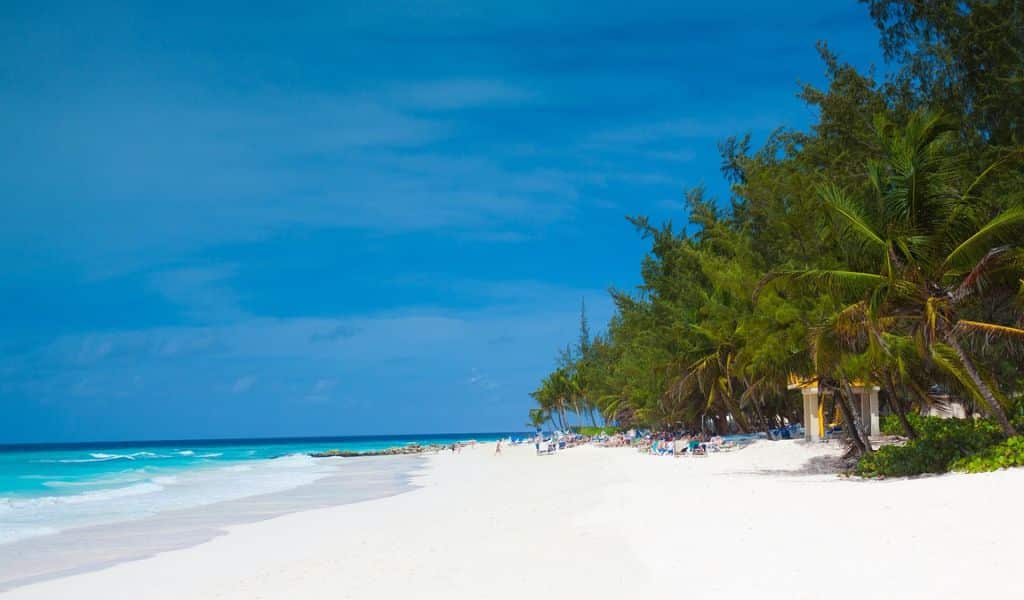
This country’s economy is expected to grow by 11.2% in 2023, primarily due to a robust tourism recovery that is projected to reach pre-pandemic levels by 2023. Despite this, the future is still extremely uncertain, and there are significant concerns propelling inflation, such as rising global commodity prices due to Russia’s invasion of Ukraine.
Despite the fact that there is still a great deal of uncertainty in the globe, a number of factors could assist this island nation in accelerating its economic recovery. This includes increasing and maintaining the number of tourists, accelerating the implementation of investment projects, enhancing the convenience of doing business, and bolstering the private sector.
5. St. Kitts and Nevi
- Growth Percentage Change: 10%
This country ranks fifth on the list of the world’s fastest developing countries in 2023, and the government is working to create a favorable economic environment to attract additional foreign investment.
It is noteworthy that St. Kitts and Nevis has some of the most lenient tax rates in the world. Individuals are exempt from income tax, gift tax, and inheritance tax; these advantages are what make this area a tax haven. However, the nation remains vulnerable to external disruptions such as climate change, natural disasters, and global economic recessions.
6. St. Lucia
- Growth Percentage Change: 9.7%
This nation’s economy is still being impacted by the COVID-19 pandemic. Following a modest economic recovery, the Eastern Caribbean Central Bank forecasts a 12.1% increase in the national economy by 2022, while the IMF forecasts a 10% increase.
St. Lucia’s government is committed to nurturing a friendly and open economic environment in order to attract more foreign investment. Investment opportunities are primarily focused on tourism and hotel development, as well as other industries, such as information and communications technology and manufacturing.
7. Iraq
- Growth Percentage Change: 9.5%
As a consequence of higher oil prices in 2023, the Iraqi economy is projected to expand by 9.5%. Based on its anticipated growth rate in 2023, the country ranks seventh on our list of the world’s 15 fastest developing countries in 2023.
8. Senegal
- Growth Percentage Change: 8.3%
Senegal, whose official name is the Republic of Senegal, is a country on the coast of the Atlantic Ocean in West Africa. In 2021, the nation’s GDP was valued at $27.63 billion. In addition, the official estimate for Senegal’s GDP in terms of purchasing power parity at the end of 2022 was $62 billion. Recent economic development in Senegal can be attributed to a more robust export portfolio and increased private mining sector investment. In addition, the nation’s first gas project is expected to commence operations by the end of 2023, contributing further to this growth.
9. India
- Growth Percentage Change: 8.2%
In recent years, India’s economy has achieved one of the fastest growth rates in the globe. In the past decade, the nation’s economy has grown by an average of 8.2% per year, making it one of the world’s fastest-growing main economies.
Numerous factors have contributed to the growth of India’s economy, including a large and rapidly expanding population, a flourishing and dynamic private sector, significant infrastructure expenditures, and a developing middle class with rising purchasing power. India has also benefited from a robust global economic climate, as evidenced by rising foreign investment inflows and robust product demand.
10. Saudi Arabia
- Growth Percentage Change: 7.6%
Saudi Arabia’s economy is one of the most industrialized and fastest-growing in the Middle East and North Africa. The nation is endowed with abundant natural resources, such as oil and gas, which have been essential drivers of economic expansion in recent years. In recent years, the Saudi government has implemented several economic reforms to diversify the economy and reduce its reliance on energy.
Saudi Arabia, one of the world’s leading oil producers, has relied significantly on oil exports for its government and economy. Nonetheless, as part of Vision 2030, the Saudi government has initiated a number of economic reforms to diversify the economy and reduce its dependence on energy. Reforms such as privatization, deregulation, and the expansion of new industries such as tourism and entertainment are examples.
11. Maldives
- Growth Percentage Change: 7.2%
In 2021, the Maldives, whose official name is the Republic of Maldives, had a gross domestic product of $5.4 billion. Following the economic contraction caused by the COVID-19 pandemic, there was a significant recovery. The Maldives’ responsive and effective policy measures made this feasible. The real GDP growth rate increased significantly from a decline of 33.5 percent in 2020 to 37 percent in 2021, primarily due to the tourism industry’s recovery.
12. Fiji
- Growth Percentage Change: 7%
South Pacific nation Fiji had a gross domestic product of $4.3 billion in 2021. Asian Development Bank predicts that Fiji’s GDP will grow by 6.3% in 2023, which is closer to the IMF’s projection of 7%, with a per capita GDP growth of 5.7%. The reason for Fiji’s enhanced economic performance in 2022 is a stronger-than-anticipated rebound in tourism.
13. Niger
- Growth Percentage Change: 6.9%
In 2021, Niger’s GDP was worth $14.92 billion. In addition, the official estimate for Niger’s GDP in terms of purchasing power parity at the end of 2022 was $32 billion. The African Development Bank predicts that in 2023, economic growth will accelerate to 7.2%, led by agriculture and supported by the new “3N” agricultural initiative, with sustained public investment in infrastructure and increased FDI in the extractive sector.
14. Philippines
- Growth Percentage Change: 6.5 %
In 2021, the Philippines’ GDP was $394,1 billion. In addition, according to the ADB’s primary economic publication Asian Development Outlook (ADO) for April 2023, the Philippine economy is projected to expand by 6.0% in 2023 and 6.5% in 2023. Increased employment and retail sales, expansion in the manufacturing sector, and an increase in public infrastructure expenditure are anticipated to support future economic expansion.
15. Bangladesh
- Growth Percentage Change: 6.4 %
The Bangladeshi economy was worth $8.75 billion at the time of its independence. In 2018, its gross domestic product (GDP) was $287.63 billion (2018 Rank: 70), and by 2023, it is expected to reach approximately $500 billion. Bangladesh is one of the fastest-growing economies due to its stable macroeconomic environment (fiscal deficit below 5% of GDP), robust domestic demand, and export-driven industry-led growth. Bangladesh’s economy grew by an average of 6.5% annually over the past decade and is projected to grow by 7.5% annually between 2018 and 2021. In 2019 and 2020, the Asian Development Bank anticipates a growth rate of 8% for Bangladesh.
16. Rwanda
- Growth Percentage Change: 6.2%
Despite the challenges posed by the COVID-19 pandemic, Rwanda’s economy exhibited remarkable resilience and growth. In 2021, the country’s gross domestic product totaled $11.07 billion, and in the first three quarters of 2022, Rwanda achieved an impressive 8.4 percent growth rate. Rwanda’s growth was fueled by a resurgent services sector, particularly the tourism industry, according to the World Bank.
17. Côte D’Ivoire
- Growth Percentage Change: 6.2%
In 2021, Côte D’Ivoire, a country on the southern coast of West Africa, had a GDP of $70.04 billion. The country’s economic growth was propelled by private consumption, with support from public investment and wage increases. According to Trading Economics’ projections, its GDP will reach $74.09 billion by the end of 2023.
18. Benin
- Growth Percentage Change: 5.9%
Benin, officially the Republic of Benin, is a West African nation with a 2021 GDP of $17.14 billion. According to the African Development Bank, it has one of the most robust economic growth rates in the WAEMU region, with a projected growth rate of 7.2% in 2021, a 3.4% increase from 2020. During 2020-2021, Benin’s economy benefited primarily from its tourism sector and cotton production growth.
19. Egypt
- Growth Percentage Change: 5.9%
Egypt has one of the fastest growing economies in the globe and the fastest growth rate in the Middle East and North Africa region. In recent years, the Egyptian government has implemented several economic reforms that have contributed to economic stability and attracted international investment.
In 2016, the Egyptian government implemented several economic reforms to reduce the budget deficit, improve the business climate, and increase investment. These modifications included subsidy reductions, currency devaluations, and the implementation of a value-added tax.
20. Cambodia
- Growth Percentage Change: 5.8%
In 2021, Cambodia’s gross domestic product was valued at $26.96 billion; by the end of 2022, it had reached an impressive $75 billion in purchasing power parity terms. Following the pandemic, it has shown encouraging signs of economic recovery, with traditional growth drivers such as manufacturing and agricultural commodity exports entirely rebounding.
21. Uganda
- Growth Percentage Change: 5.7%
In 2021, Uganda’s gross domestic product was $40.53 billion. According to Trading Economics, Uganda’s GDP will reach $44.56 billion in 2023 and $62.7 billion in 2025. The economy is projected to expand by more than 6 percent annually. This expansion is anticipated to result from a decline in inflationary pressures, the Bank of Uganda’s easing of monetary policy, and the government’s emphasis on augmenting revenue collection.
Factors of Economic Growth
Diverse economists and sources hold divergent opinions regarding the causes of economic development. Consumer spending, business investment, tax cuts, and rebates, deregulation (to relax the rules imposed on an industry or business), and increasing infrastructure spending (creates jobs for those who build the infrastructure and increases productivity by allowing businesses to operate more efficiently) are all measures that the United States has used to promote economic growth.
Increasing the quality and quantity of the four factors of production is an alternative approach to achieving economic development. In an economy, the factors of production are the resources used to produce products and services. These elements include land, labor, capital, and enterprise. In addition, the four methods listed below can contribute to economic growth: increasing physical capital, making technological advancements, expanding the labor force, and increasing human capital (increasing the talent level of the labor force).
Conclusion
It is difficult to predict which nations will be able to withstand economic and social disruptions and experience robust economic growth in light of the dramatic problems that are occurring in the world today. In 2022, the IMF identified the nations with the most rapid economic growth, despite the severe effects of the new COVID-19 waves and ongoing conflicts. According to other projections, this list could undergo significant alterations by 2030.


